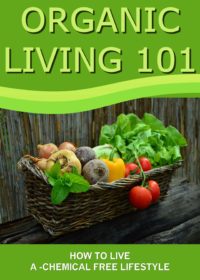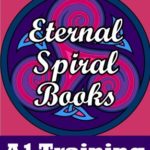Organic Living 101

Organic living is becoming an increasingly popular lifestyle trend. Studies show that more than 50% of the US population buys at least some organic products, and 8 out of 10 parents report that they do so.
But while this is a great start, it’s important to take a holistic view of becoming organic. It stretched beyond just buying organic produce in the supermarket to a wide range of cleaning products, personal care items, even clothes and furniture.
In this course, you will discover more than 70 quick and easy ways to go greener in your home and in the choices you make. You will also discover the reasons for choosing organic foods, what to buy and what not to buy.
You will also discover why organic living does NOT have to be expensive. It simple means educating yourself about the smart choices and the best ways to save money. Use the information in this course, and the downloads and videos, to get started on the road to safe, sane and reasonably priced organic living beginning today.
WHAT IS ORGANIC
Items carrying an organic label are naturally produced and minimally processed. Foods and other products labeled as organic are produced using sustainable agricultural and production practices, which minimize their negative impact on the environment and people.
Organic foods and products meet specific production criteria:
• Produce is grown using sustainable practices without chemical pesticides.
• Growers use non-chemical methods to ensure robust and pest free crops.
• Food products do not receive radiation treatment to prevent spoilage.
• Seeds and livestock are free of genetic modifications, which cannot be achieved naturally.
• Livestock are antibiotic and growth hormone free.
• Animals bred and raised for market receive humane treatment. Ideally, they are grass-fed.
The term “Organic” also carries a larger cultural context. Some people adopt an organic lifestyle.
People who live organically apply related practices in every aspect of their lives which:
• Minimize their exposure to harmful chemicals and toxins
• Minimize their negative impact on the environment
• Use naturally produced and sustainable products and services to achieve these objectives
Going green means getting back to basics. Fortunately, it is easy once you know how. Here’s how to go green when it comes to the food you and your family consume.
Alanna Stone is the author of a range of health and self-help guides. She is a lifelong vegetarian and advocate for green issues and animal rights. She wants to help make it easy for everyone to go green and live better.

